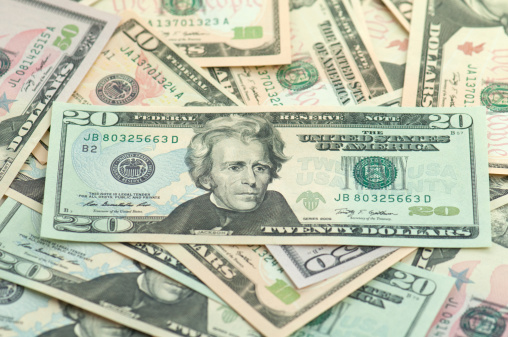It’s good news, and it’s bad news: the U.S. economy grew at an annual rate of 1.9% in the third quarter of 2019.
The good news: that’s slightly higher than economists had predicted.
The bad news: it’s further evidence the economy is slowing.
“Consumer spending continues to power the economy, but business investment has now contracted for six straight months, falling 3% in the third quarter, the biggest drop since the end of 2015. A number of companies have said they are pulling back because of economic uncertainty,” reports the Washington Post.
Many factors contribute to that uncertainty: the trade war with China; Boeing’s struggle to recover from last year’s crashes of two new 737 Max jets; the fading impact of President Trump’s tax cuts; turmoil in the bond market; and the six-week strike at General Motors, now over but a lingering drag on the Gross Domestic Product (GDP).
“The threat of a messy no-deal exit from the European Union by Great Britain and several geopolitical crises unfolding across the Middle East, South America and East Asia have also posed threats to financial stability,” reports The Hill.
“But steady consumer and federal spending between July and September and a rebound in exports helped power the U.S. economy through a steep decline in business investment.”
Economists now generally agree there is little sign of a looming recession, as was feared last summer.
Before the GDP figures were out on Wednesday morning, Trump took to Twitter with a grandiose — and false — claim.
“The Greatest Economy in American History!” he tweeted, less than an hour before the Commerce Department’s report.
“But Trump’s claim that the growth is the best in U.S. history is not accurate,” says the Post, noting that both Bill Clinton and Ronald Reagan “oversaw two terms of growth above 3 percent a year” and adding that growth of 2% or more “has been the norm for decades — the U.S. typically hits that mark in two out of every three quarters.”
The economy — where it is and what direction it’s going — will be a major factor and source of debate in the 2020 election campaign, and Trump knows it.
He has “repeatedly highlighted the economy’s performance as evidence that his recipe of tax cuts, deregulation and confrontational tactics on trade is working,” says the New York Times.
“The biggest risks to the economy today are uncertainty and complacency,” writes Cris deRitis, deputy chief economist at Moody’s Analytics, in a report quoted by the Times.
“With political risks and uncertainty casting a shadow across economic regions” around the world, deRitis says, “the potential for policy errors and significant global shocks may overwhelm solid economic fundamentals.”



